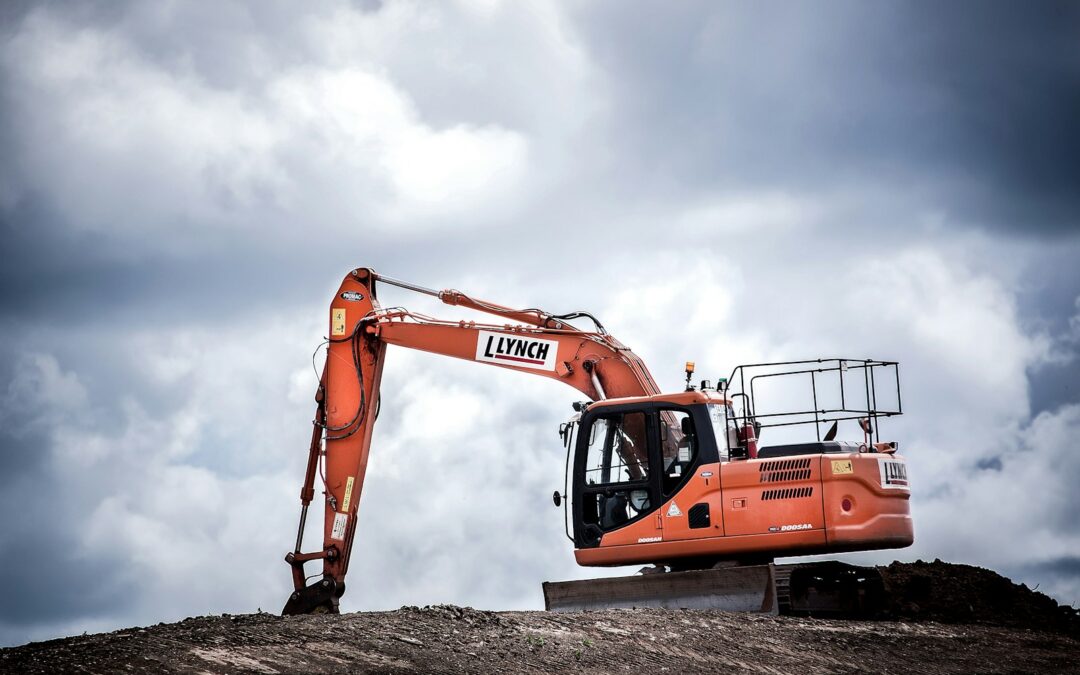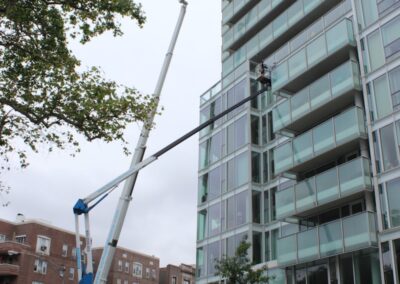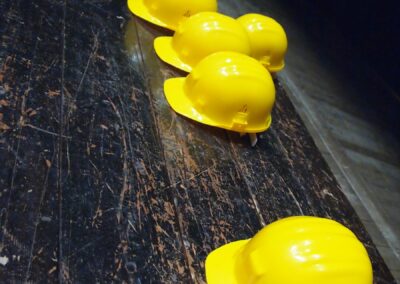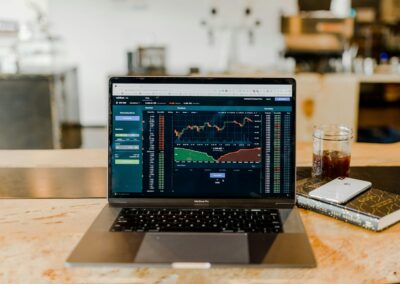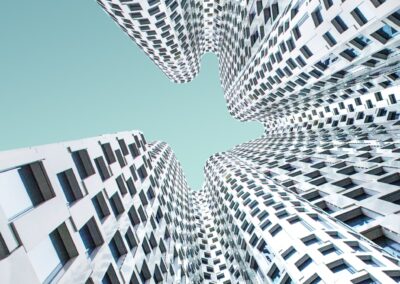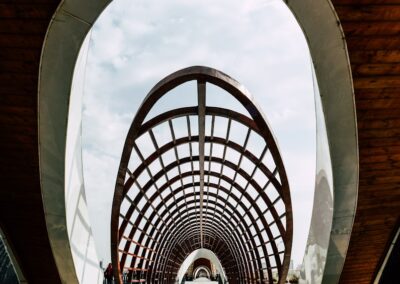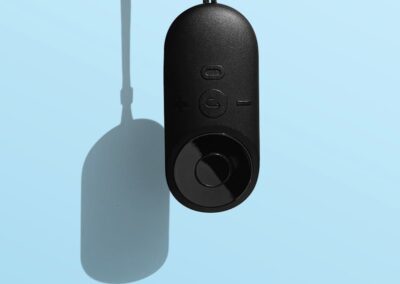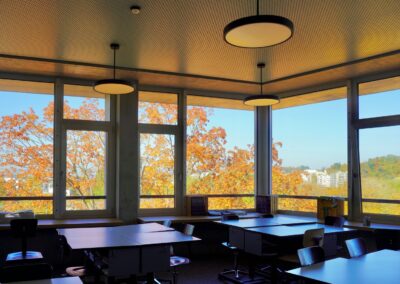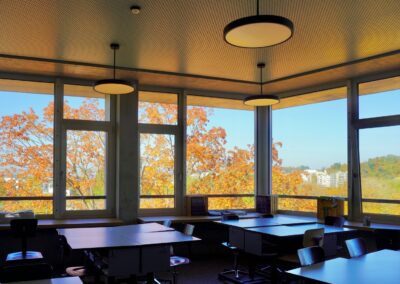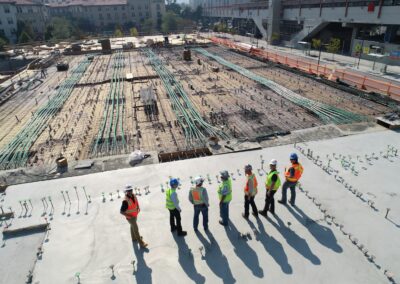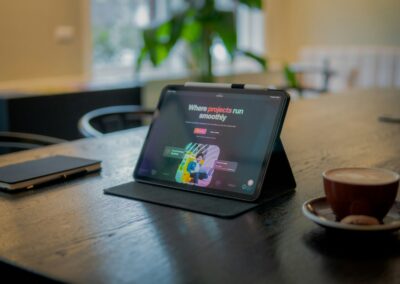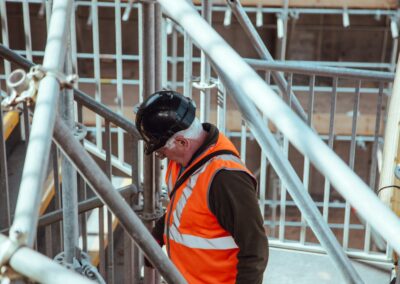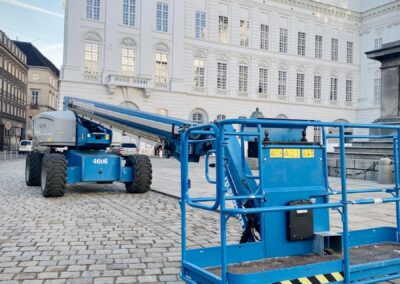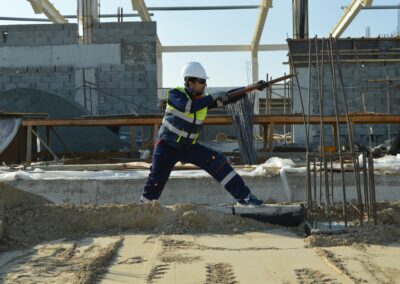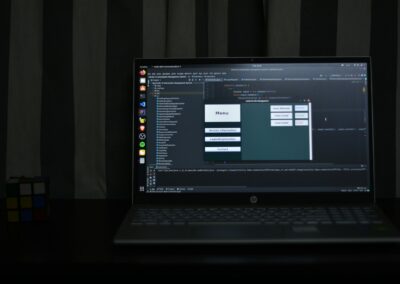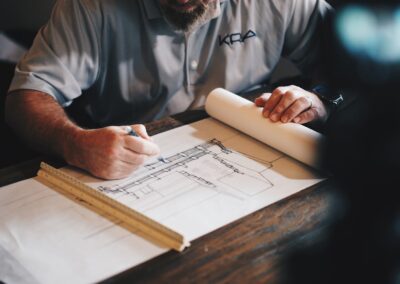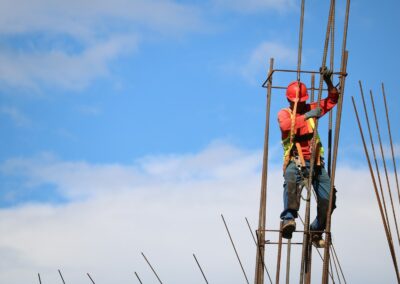Enhancing the Built Environment with Digital Twins
Revolutionizing Design and Construction
Digital twins, virtual replicas of physical structures, are revolutionizing the construction industry by supporting the entire lifecycle management of buildings. In the design and construction phases, digital twins provide architects, engineers, and contractors with a dynamic, real-time model that reflects every detail of a building project. This model allows for better visualization, simulation, and analysis, ensuring that design decisions are well-informed and that potential issues are identified and addressed early.
In regions like Saudi Arabia and the UAE, where ambitious construction projects are continually reshaping skylines, the adoption of digital twins can significantly enhance project outcomes. These countries are known for their innovative approach to urban development, and digital twins align perfectly with their vision of creating smart, sustainable cities. By integrating digital twins into the design process, stakeholders can simulate different scenarios, optimize building performance, and ensure compliance with local regulations.
Moreover, digital twins facilitate better collaboration among project teams, reducing miscommunication and errors. With a shared, up-to-date model accessible to all parties, design changes and construction progress can be monitored and managed more effectively. This real-time collaboration is particularly beneficial in complex projects like those seen in Riyadh and Dubai, where coordination between various disciplines and contractors is crucial for timely and successful completion.
Streamlining Operation and Maintenance
Once a building is constructed, the focus shifts to its operation and maintenance. Digital twins play a crucial role in this phase by providing building operators with a comprehensive, real-time view of the building’s performance. Sensors embedded in the building collect data on various systems, such as HVAC, lighting, and security, and feed this information into the digital twin. This continuous data stream allows for proactive maintenance, efficient energy management, and enhanced occupant comfort.
In the UAE and Saudi Arabia, where sustainability and efficiency are key priorities, digital twins can help achieve these goals by enabling smarter building management. For instance, predictive maintenance algorithms can analyze data from the digital twin to identify potential equipment failures before they occur, reducing downtime and maintenance costs. Additionally, energy consumption can be optimized by adjusting systems in real-time based on occupancy patterns and external conditions.
Furthermore, digital twins can support facility managers in making informed decisions about upgrades and renovations. By simulating the impact of different interventions on the building’s performance, managers can prioritize actions that offer the greatest benefits in terms of cost savings, energy efficiency, and occupant satisfaction. This data-driven approach ensures that buildings remain functional, efficient, and comfortable throughout their lifecycle.
Facilitating Long-Term Strategic Planning
Digital twins also provide valuable insights for long-term strategic planning. As buildings age, their needs and performance characteristics change. Digital twins enable a detailed understanding of how a building’s systems and structures evolve over time, supporting informed decision-making regarding capital investments and lifecycle management strategies. This is particularly important in regions like Riyadh and Dubai, where rapid urbanization and evolving regulatory frameworks require adaptable and forward-thinking management approaches.
For business executives and mid-level managers in the construction and real estate sectors, digital twins offer a powerful tool for enhancing asset value and operational efficiency. By integrating digital twins into their strategic planning processes, organizations can ensure that their buildings not only meet current needs but are also adaptable to future requirements. This proactive approach to building management supports long-term sustainability and competitiveness in a rapidly changing market.
In addition to supporting individual building projects, digital twins can also be scaled up to manage entire portfolios of properties. This portfolio-wide view allows for more effective resource allocation, risk management, and performance optimization. In the UAE and Saudi Arabia, where large-scale developments and smart city initiatives are common, digital twins can provide the comprehensive insights needed to manage these complex ecosystems effectively.
Conclusion: Embracing Digital Twins for Building Lifecycle Management
The integration of digital twins into building lifecycle management represents a transformative advancement in the construction and real estate industries. By providing a dynamic, real-time model of buildings from design and construction through to operation and maintenance, digital twins offer numerous benefits, including enhanced collaboration, proactive maintenance, and informed strategic planning.
In regions like Saudi Arabia and the UAE, where innovation and sustainability are driving urban development, digital twins align perfectly with the vision of creating smart, efficient, and resilient built environments. By leveraging the capabilities of digital twins, stakeholders can ensure that their buildings are not only high-performing and cost-effective but also adaptable to future needs and challenges.
Digital twins support a holistic approach to building management, facilitating better decision-making, optimizing resource use, and enhancing occupant comfort and satisfaction. As the construction and real estate sectors continue to evolve, the adoption of digital twins will be key to achieving long-term success and sustainability.
In conclusion, the future of building lifecycle management lies in the seamless integration of digital twins. By embracing this cutting-edge technology, business executives, mid-level managers, and entrepreneurs in Saudi Arabia, the UAE, and beyond can drive innovation, improve operational efficiency, and create built environments that meet the needs of today and tomorrow.
—
#DigitalTwins #BuildingLifecycleManagement #ConstructionTechnology #OperationAndMaintenance #SaudiArabia #UAE #Riyadh #Dubai #ArtificialIntelligence #BusinessSuccess #LeadershipAndManagement #ProjectManagement

